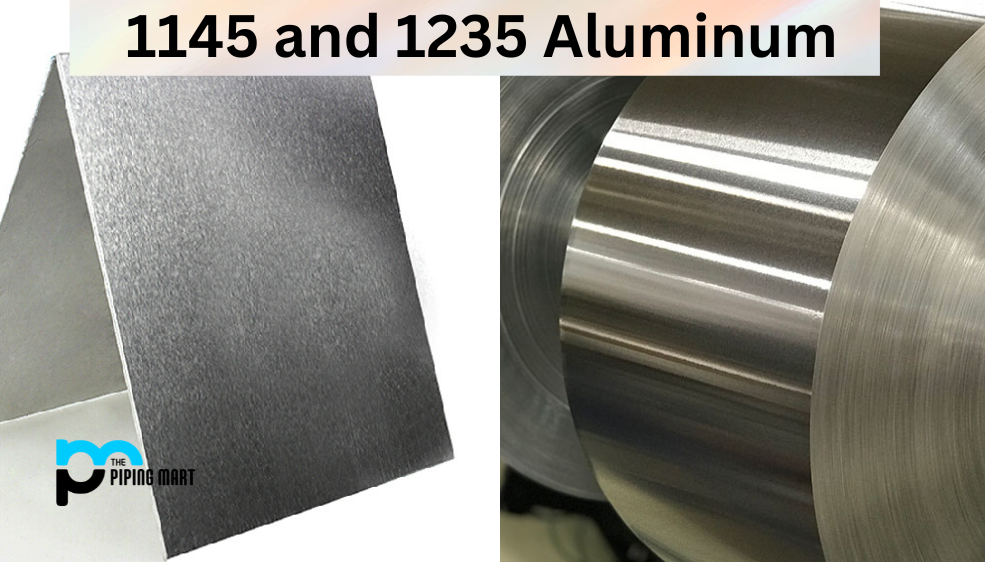If you’re in the market for aluminium for your next project, it’s essential to know that not all aluminium types are created equal. Two of the most commonly used aluminium grades are 1145 and 1235. Although they may seem similar at first glance, there are significant differences between them in terms of their composition, properties, and applications. In this blog post, we’ll delve deeper into the distinctions between 1145 and 1235 aluminium and help you choose the best one for your needs.
Difference Between 1145 and 1235 Aluminum
Composition
1145 aluminium is primarily made up of aluminium and minor levels of other elements such as copper, iron, manganese, nickel, and silicon. It has a minimum aluminium content of 99.45% and is considered commercially pure. On the other hand, 1235 aluminium also contains small amounts of copper, iron, manganese, silicon, and zinc. It has a minimum aluminium content of 99.35% and is known for its high purity.
Properties
Both aluminium grades share some similarities regarding their physical and mechanical properties. They are both lightweight, corrosion-resistant, and highly conductive. However, 1235 aluminium has higher tensile strength and elongation at break than 1145 aluminium. It also has better formability and deep drawing ability, making it more suitable for manufacturing applications such as packaging, printing, and laminating. In contrast, 1145 aluminium is more brittle and has lower strength values, making it less suitable for heavy-duty applications.
Applications
1145 aluminium is commonly used in the electrical and electronic industries for its excellent conductivity, making it ideal for electrical cables, transformer windings, and heat exchangers. It is also used as a component in roofing and insulation materials due to its reflective properties. Meanwhile, 1235 aluminium is used primarily in the packaging industry for its superior formability and resistance to corrosion. It is commonly used for flexible packaging, such as foil bags, pouches, and food containers.
Price
As with all raw materials, the price of aluminium can vary depending on the market demand and availability. Generally, 1235 aluminium is more expensive than 1145 aluminium due to its higher aluminium purity and superior formability. The cost difference may be insignificant for small-scale projects, but it may be significant for industrial-scale applications.
Which one is right for you?
Choosing between 1145 and 1235 aluminium ultimately comes down to your project’s specific requirements. When deciding, consider factors such as strength, formability, corrosion resistance, conductivity, and price. If you need an aluminium material for electrical or heat transfer applications, 1145 aluminium may be the best choice. However, if you need an aluminium material for packaging or printing applications that require superior formability and corrosion resistance, 1235 aluminium may be the best option.
Conclusion
Now that you have a basic understanding of the differences between 1145 and 1235 aluminium, you can make a more informed decision when choosing the right material for your project. Always consider factors such as properties, applications, and cost when selecting. If you still need to decide which one to choose, consult a reputable aluminium supplier or manufacturer who can help you identify the best material for your needs.

Pipingmart is a B2B portal that specializes in metal, industrial and piping items. Additionally, we share the latest information and information about materials, products and various types of grades to assist businesses that are involved in this business.




